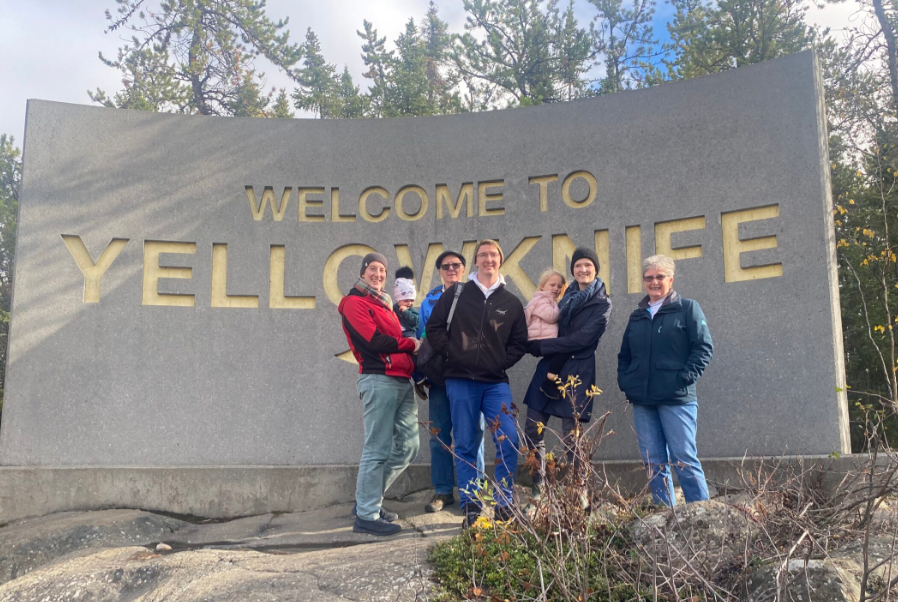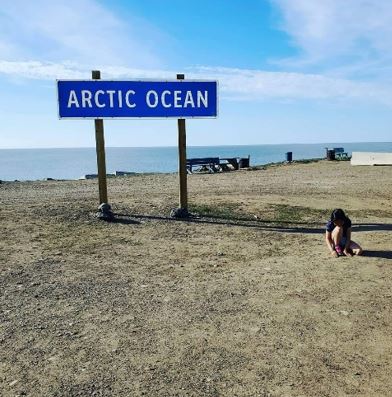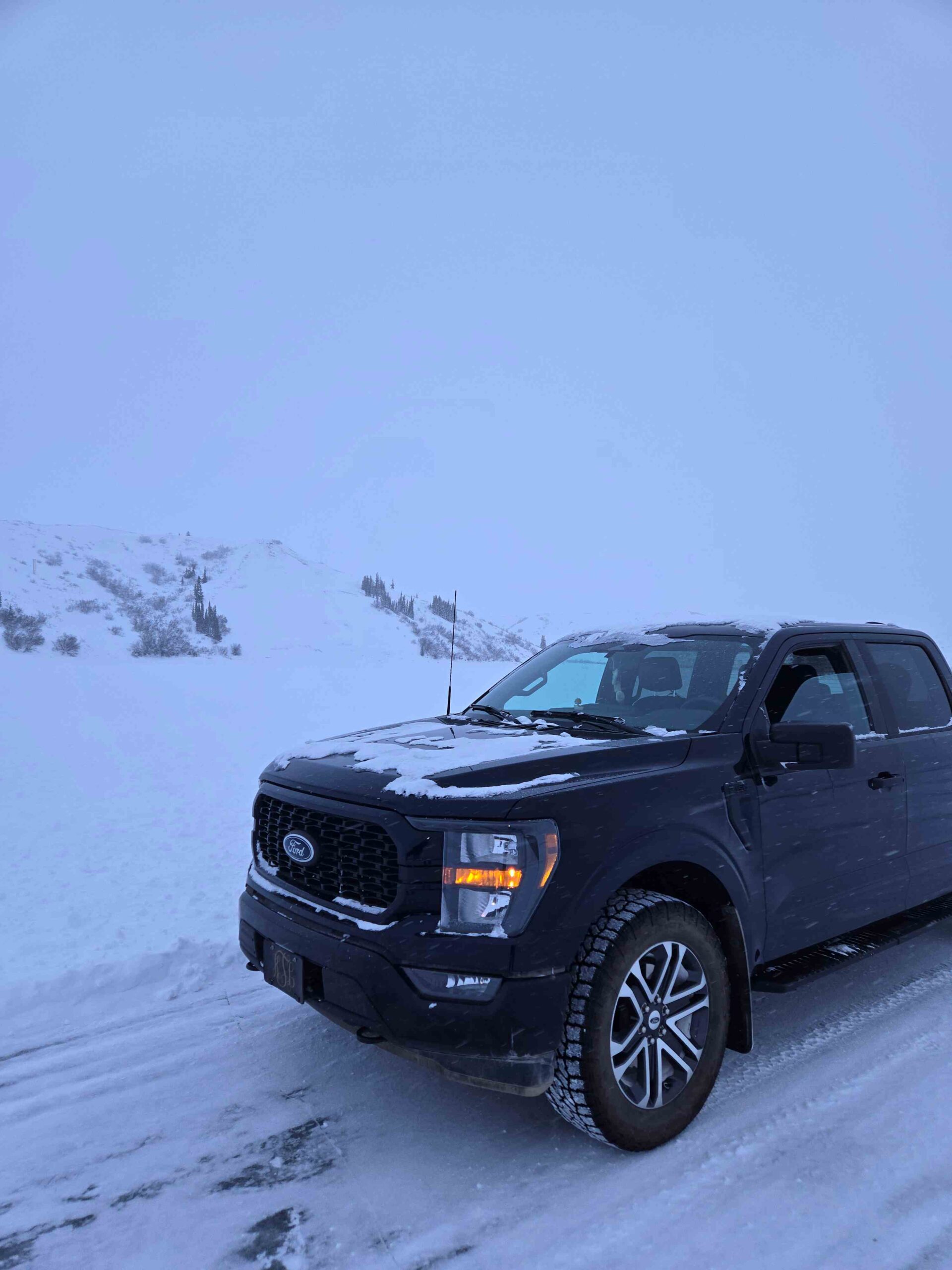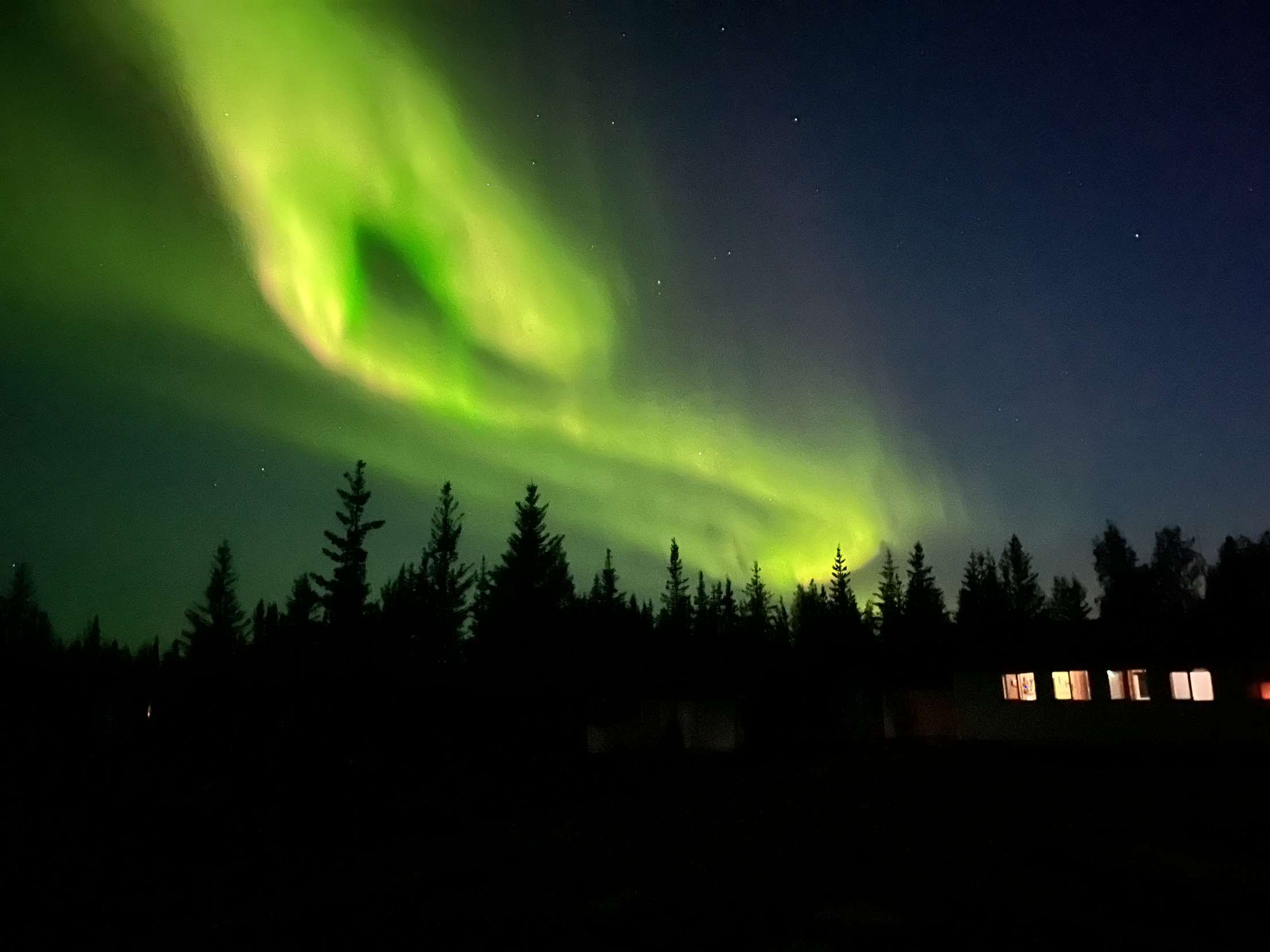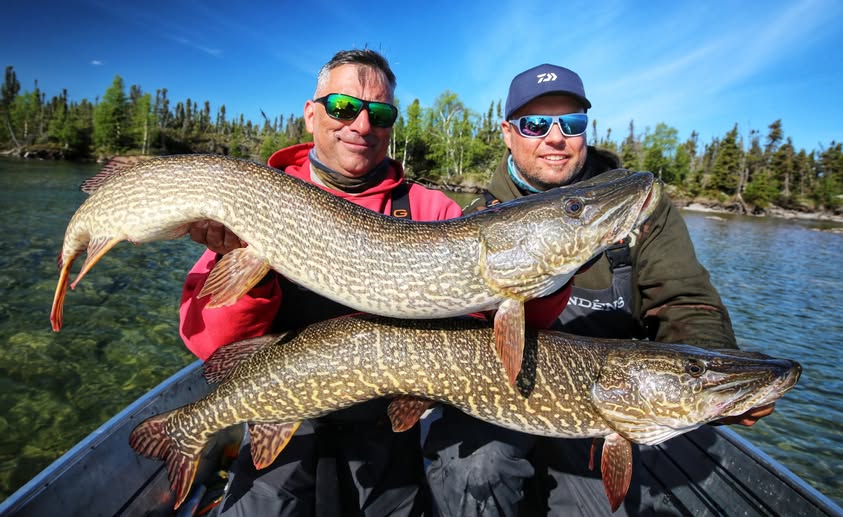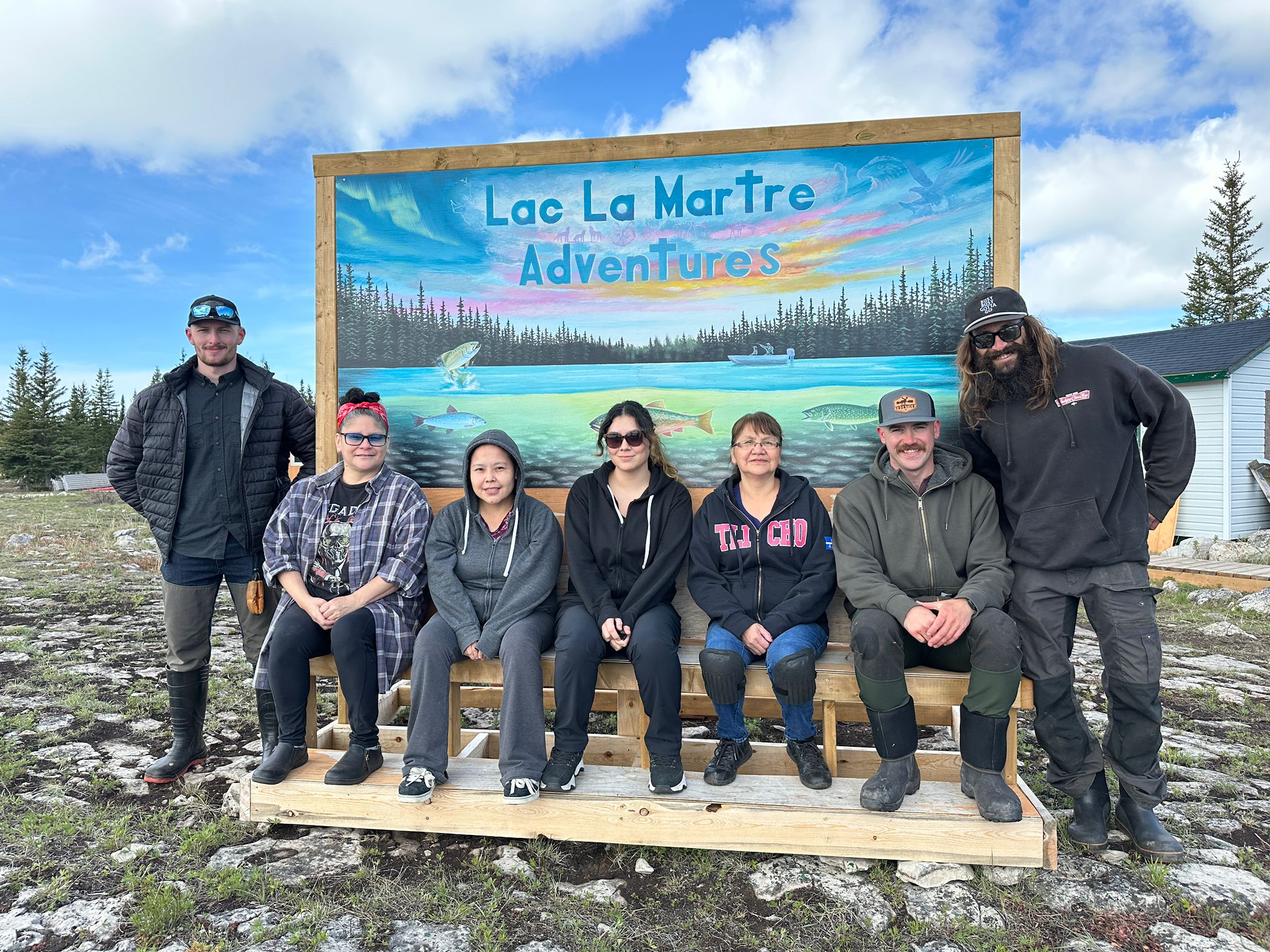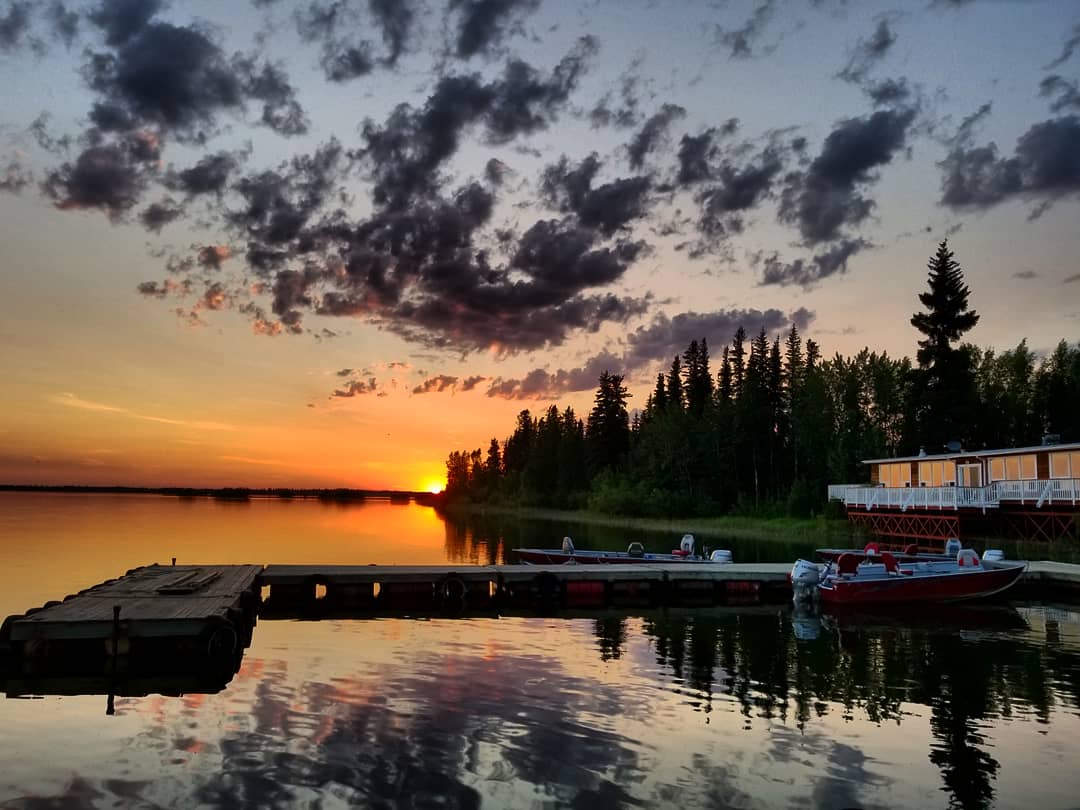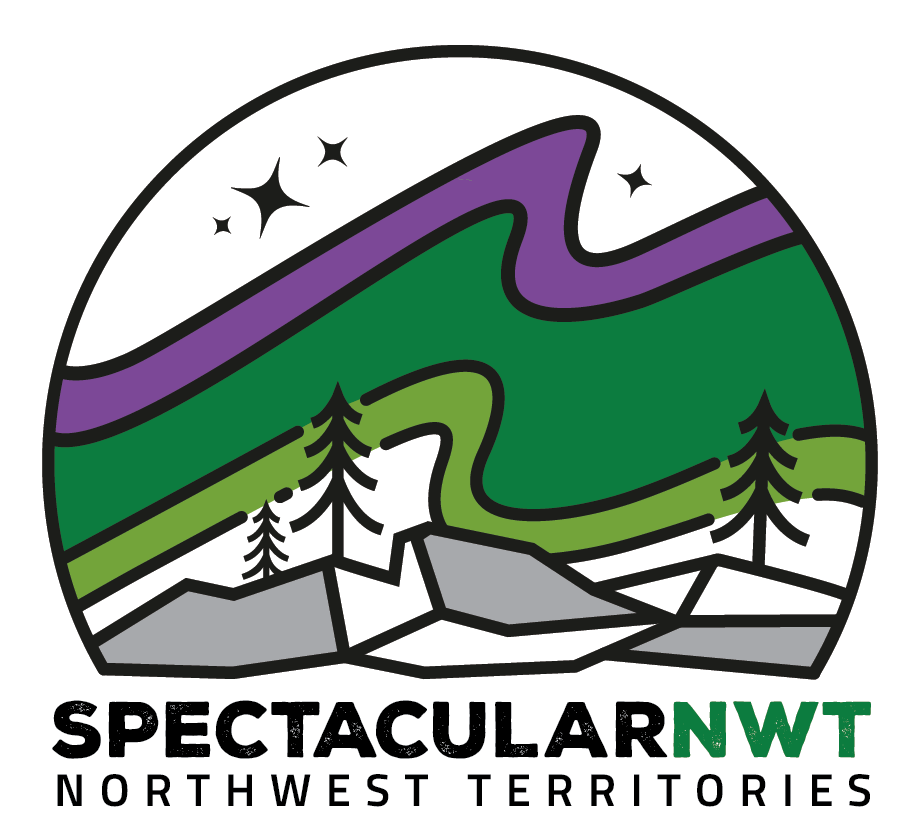You’ll agree: It’s weird at the top of the world
You can’t make this stuff up. During winters that plunge to 60-below, and summers where a day lasts for months, the world gets downright bizarre. Frozen volcanoes bulge from the tundra, erupting in super-slow motion. Lakes vanish, draining through a hole in the permafrost. Underground fires spit sparks into the Arctic night. And rivers rage with waves so big they’re like a perpetual tsunami.
Up here, there are things you could never imagine. Welcome to the land of mystery, wonder, and adventure. Here are some of the strangest sights you can find in the NWT.























